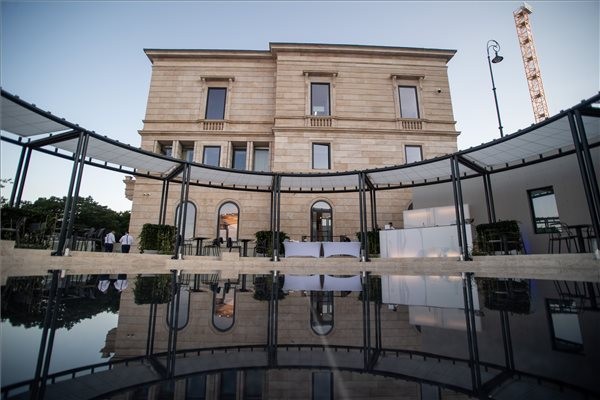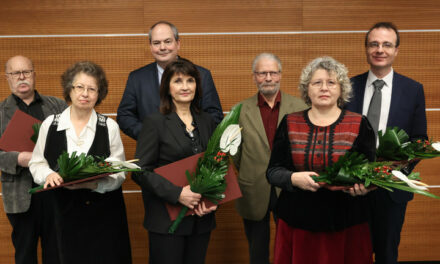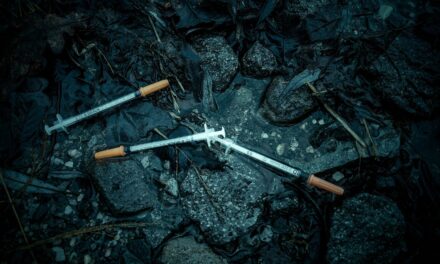It is important to have an intellectual background, a conservative Christian base that can think in terms of perspectives and define those national strategic goals, without which governance loses its meaning - stated Gergely Gulyás, the minister in charge of the Prime Minister's Office, at the handover of the renovated Lónyay-Hatvany villa.
The Lajos Batthyány Foundation, which has always provided a background for other public organizations, organizations and programs since its establishment, proved that it is the intellectual backbone of the civil side and played a key role in strengthening the civil side - stated Gergely Gulyás, adding: the renovated building is worthy of recognition by the foundation's public activities.
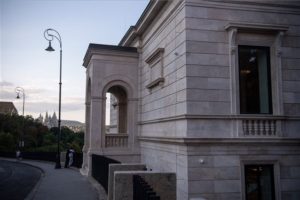
The building in Buda Castle is the headquarters of the Lajos Batthyány Foundation, which is celebrating its 30th anniversary.
Nikoletta Pallós, the general director of the Lajos Batthyány Foundation, said that in the past three decades, their foundation has become one of the key players in Hungarian public thinking, and true to their namesake, they follow the path of the national interest.
The history of the villa was explained by art historian Zsófia Sepsey. He said that the building, which is called the Lónyay-Hatvany villa after the former owners, was designed by Miklós Ybl.
The building was commissioned by Lónyay Menyhért, the finance minister of the Andrássy cabinet and later prime minister, in Csónak utca. Painter and art collector Ferenc Hatvany bought it in 1915 and moved his collection of around 800 works of art - mainly paintings, sculptures and furniture - into the building. The villa was hit by a bomb in 1944, and has not survived in its original form at all.
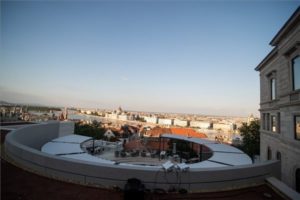
The reconstruction of the villa began in 2000 based on the plans of architect József Kerényi, the complete renovation included the reconstruction of both the exterior and interior spaces. During the construction works, archaeological work and excavations were carried out on the Budavar plot, thanks to which, among other things, the remains of the former Golden Bastion, as well as other finds from the Turkish era, were brought to the surface.

